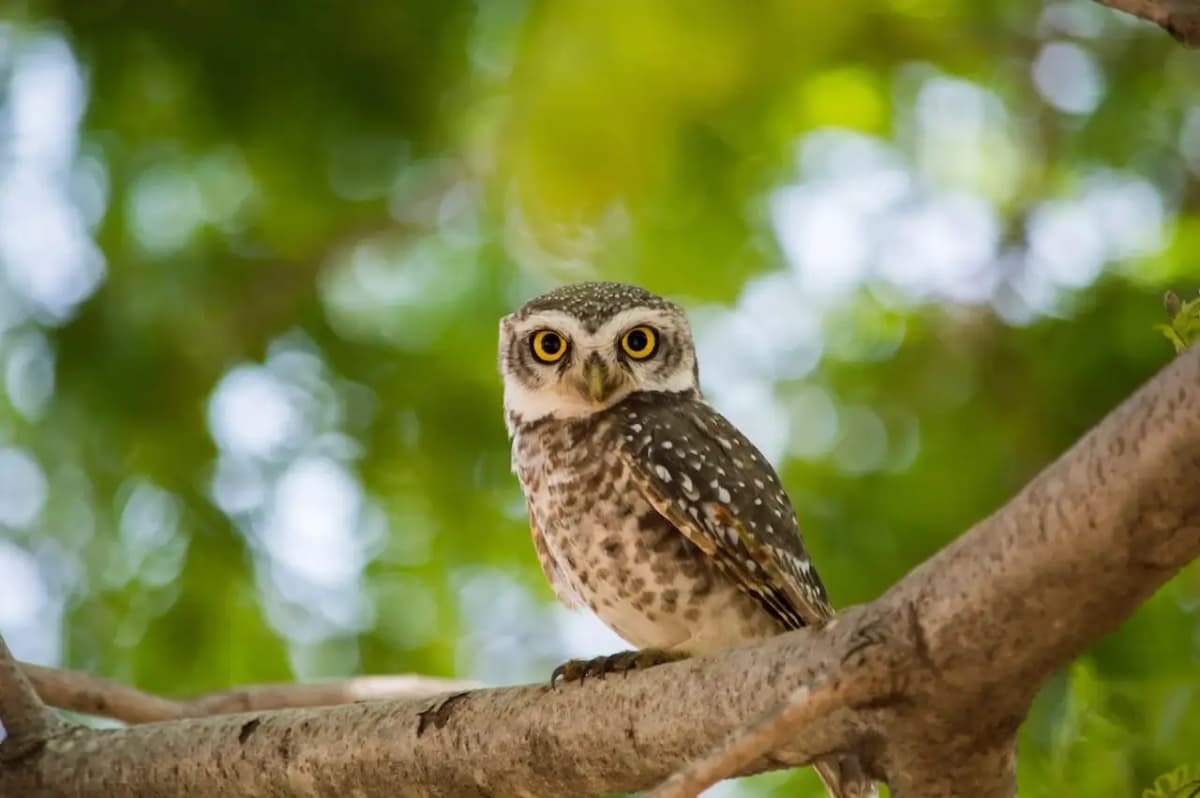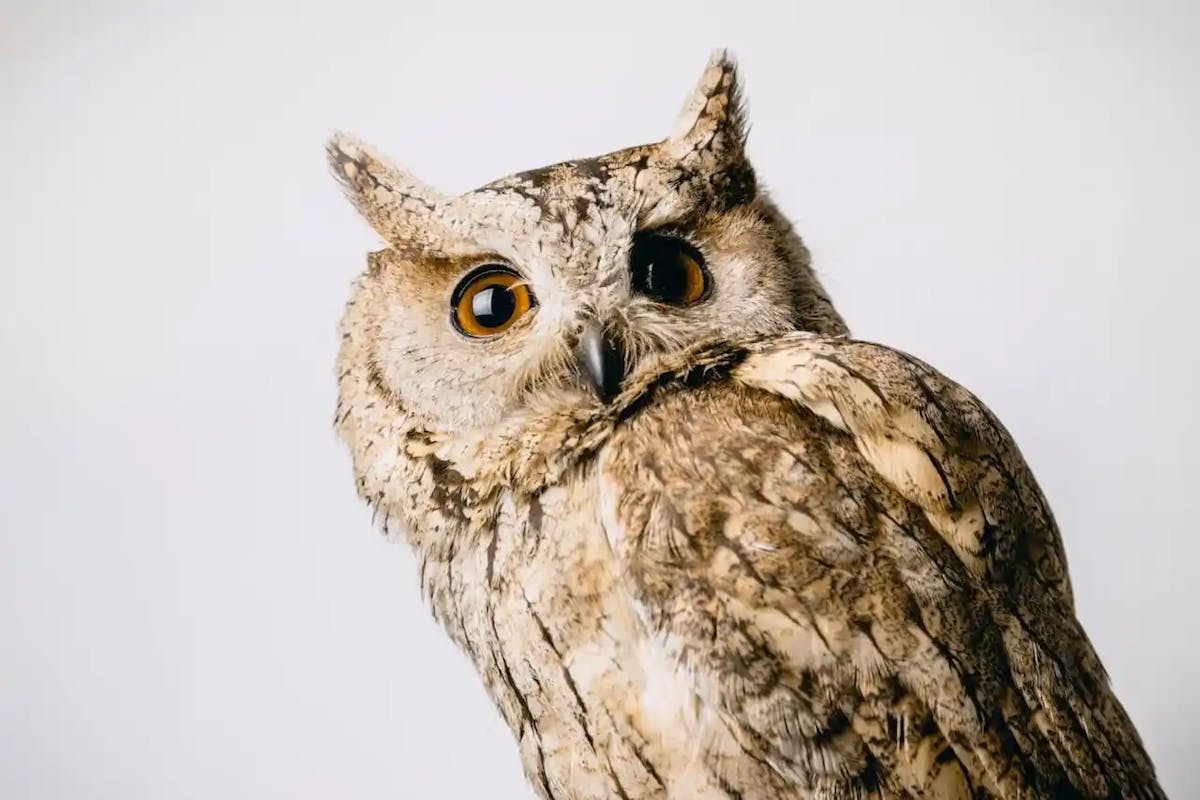Random Owl Facts | Owls, with their captivating nocturnal lifestyle and remarkable hunting abilities have long fascinated humans. They are incredibly versatile creatures, found in diverse habitats around the world. While commonly associated with wisdom and intelligence, it is truly their unique adaptations that set them apart from other birds.
One of the most distinctive features of owls is their exceptional hearing. Their ears are positioned asymmetrically on the sides of their head, allowing them to pinpoint prey with astonishing precision. But what many don't know is that this unequal ear placement also helps owls determine exactly how far away a sound is coming from. By comparing the slight time delay between when a noise reaches each ear, they can accurately gauge distance in the dark.
Another intriguing aspect of owl behavior is their silent flight. Unlike most birds whose feathers produce some sound during flight, owls have specialized plumage that mitigates noise and enables them to soar silently through the night sky. This stealthy adaptation allows them to surprise unsuspecting prey without giving away their presence until it's too late.
From mastering silent flight to utilizing highly effective hearing mechanisms, owls exhibit unparalleled adaptations that highlight nature's ingenuity. Their mystique continues to captivate both scientists and bird enthusiasts alike as we explore more about these magnificent creatures.
Most Interesting Facts About Owl
Did you know that owls have the ability to turn their heads up to 270 degrees? This means they can see in all directions, including behind them, without moving their entire body. This unique feature allows them to scan their surroundings quickly and quietly, helping them locate prey or detect potential threats. Additionally, owls have specialized blood vessels in their necks that prevent their brains from getting too much blood when they turn their heads, which helps them avoid getting dizzy or disoriented. Pretty cool, right? Also see:- Random Facts about Otter, Random Facts about Llama

Another fascinating fact about owls is that they have a specialized vision system that allows them to see in low-light conditions, known as "nocturnal vision." Their eyes are designed with large pupils that can open wide to let in as much light as possible, and their retinas contain a high concentration of rod cells, which are sensitive to low levels of light. This enables owls to hunt and navigate at night when many other animals are unable to do so.
Owls have long been a symbol of wisdom and mystery, but there is still so much to learn about these fascinating creatures. Did you know that owls are masters of stealth? Their feathers are specially designed to allow them to fly silently through the night, enabling them to surprise their prey without making a sound. In fact, some owl species have been known to catch their prey in complete darkness using only their exceptional hearing abilities! This makes them incredibly efficient hunters.
Another interesting fact about owls is that they have an incredible ability to turn their heads almost all the way around. While humans can rotate our heads up to 180 degrees, owls can rotate theirs up to a mind-blowing 270 degrees! Surprisingly, this doesn't put any strain on their blood vessels or cause temporary blindness as it would for us humans. They achieve this extreme mobility due to certain adaptations in their neck bones and blood vessels that enable greater flexibility and prevent damage when twisting their heads.
In addition, many people may not be aware of the significance of an owl's facial discs. These unique structures play a crucial role in capturing sounds and funneling them toward the owl's ears. These facial discs come in various shapes and sizes depending on the species of owl; some owls even have asymmetrically placed ear openings which allow them to triangulate sounds more accurately. This remarkable auditory system ensures that owls can detect even the tiniest rustle or movement made by potential prey from considerable distances.
